IDEA SET
IDEA SET
Teach Archaeology, Conservation, and Preservation at Home
Teach Archaeology, Conservation, and Preservation at Home
Here are some ideas, based on academic standards, to support and extend your child’s learning as they experience the Church of the Holy Sepulchre.
Grades
6 - 8
Subjects
Anthropology, Archaeology, Religion, Geology, Geography, Earth Science, Physical Geography
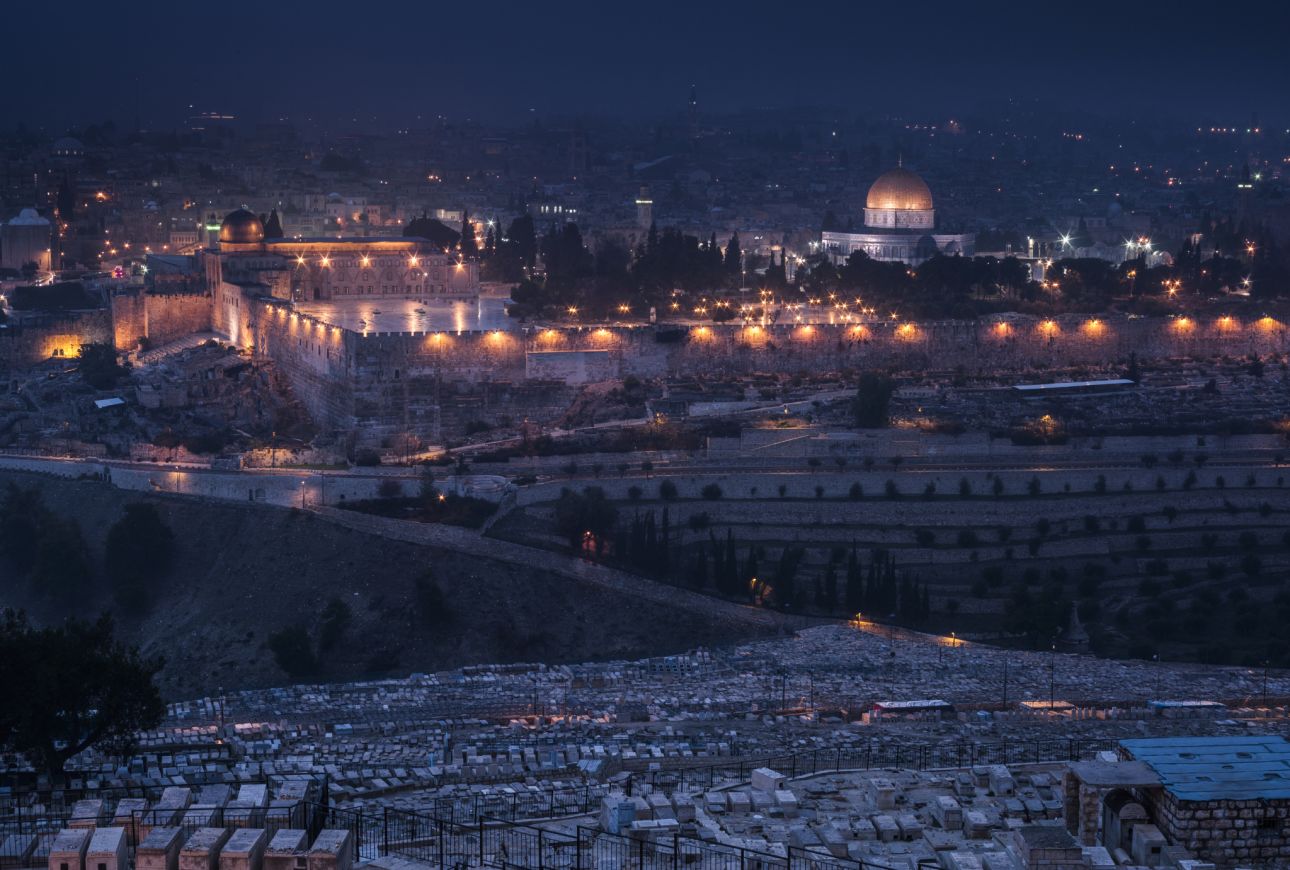
Simon Norfolk
National Geographic’s Church of the Holy Sepulchre experience immerses families in the quest to investigate, document, and preserve the observed Tomb of Christ. Built on limestone, water eroded the foundation and years of candle soot marred the chapel’s interior. National Geographic documented the process of restoring and stabilizing the structure. This church is not the only place in peril. Looting, political unrest, erosion, or natural disasters threaten many historical sites worldwide.
Using new technologies, such as satellite imagery, LIDAR, and ground penetrating radar, scientists are able to discover lost cities engulfed by forest or explore the underwater remains of ancient civilizations that would have gone undetected and unstudied. While each site and its artifacts are unique to different ancient cultures, some features, like tombs, took similar forms across the world, and are still found in modern society. Here are some ideas, based on academic standards, to support and extend your child’s learning as they experience the Church of the Holy Sepulchre.
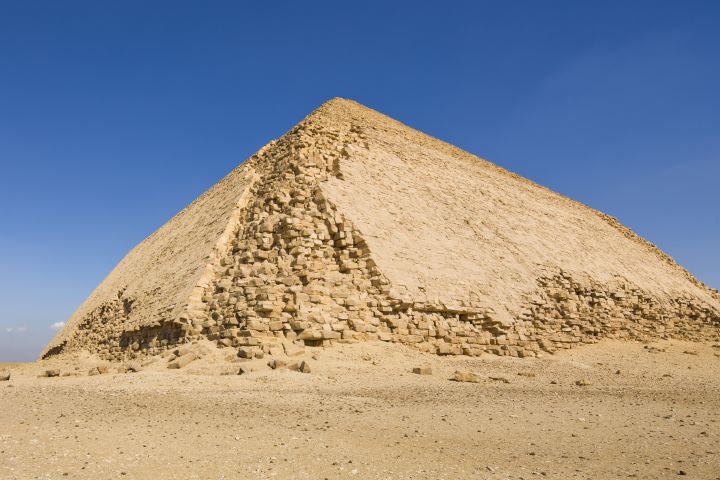
Impacts of Environmental Factors
Many archaeological sites around the world, like the Church of the Holy Sepulchre, are threatened by erosion from the air, water, or natural disaster. Talk with your child about how environmental factors such as rainfall, natural disasters, earthquakes, and volcanic eruptions might harm historic landmarks such as the Church of the Holy Sepulchre.
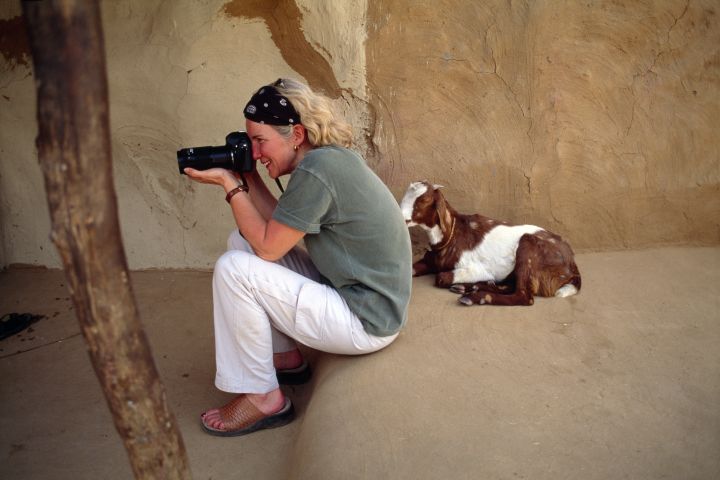
Documenting History
Read about National Geographic Explorer Albert Yu-Min Lin's work to find and document archaeological sites in Mongolia, China, and Guatemala. As a family, choose an object or building of interest to research and document as a National Geographic Explorer. Describe the location and significance of your object or building in a short story, accompanied by a drawing or photograph.
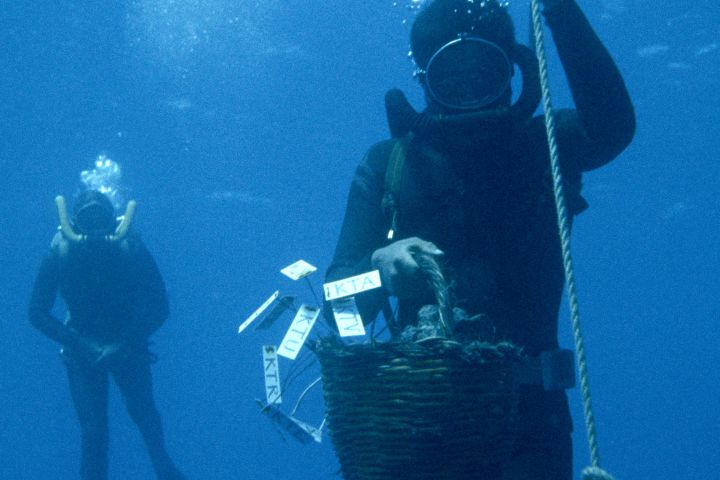
Underwater Archaeology
Archaeologists may work on land, underground, or undersea. Learn about National Geographic Emerging Explorer Guillermo de Anda’s search for remnants of Mayan civilization within cenotes and caves by reading Underwater Archaeologist: Dr. Guillermo de Anda. Talk with your child about the skills and knowledge useful to an underwater archaeologist and one that investigates sites on land. Use a map to find oceans, lakes, or rivers your child would be interested in exploring as an underwater archaeologist.
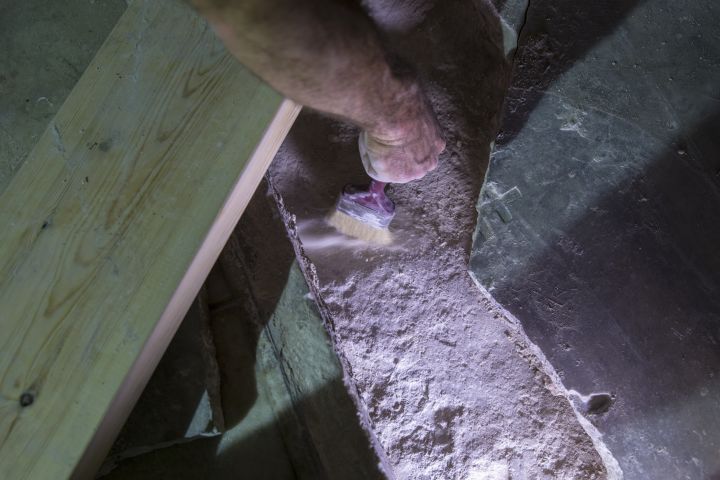
Tombs of Ancient Civilizations
Burial practices have taken many forms throughout history. In some ancient civilizations and current societies, tombs house the deceased. Explore and compare tombs used by the ancient Egyptian, Chinese, and Mayan cultures. Use Google Earth to find the geographic location of the tombs of King Tut, Emperor Qin Shi Huangdi, and Lady K’Abel.
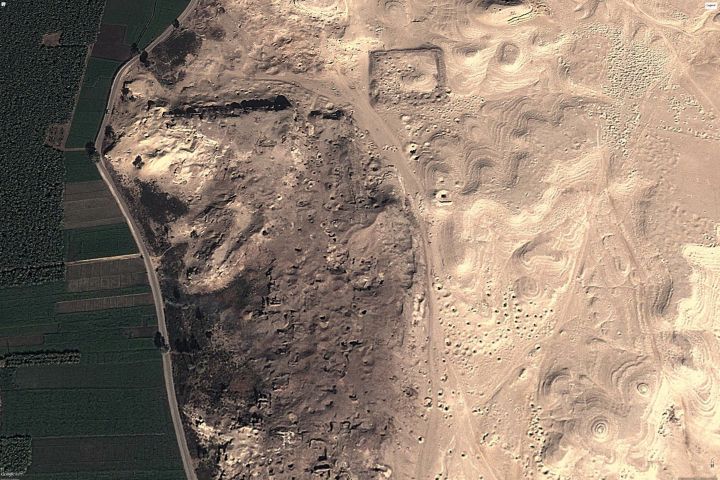
Space Archaeology
The remains of ancient cities are sometimes hidden by dense forests or buried underground. Learn how scientists are using satellites to make discoveries by watching Space Archaeology. National Geographic Explorer Fellow Sarah Parcak wrote the book on space archaeology and uses the tool often in her work. Use Google Earth to visualize the distance between Parcak’s discoveries, such as Egyptian pyramids or a Viking settlement in North America. Satellite image ©2017 DigitalGlobe.
Media Credits
The audio, illustrations, photos, and videos are credited beneath the media asset, except for promotional images, which generally link to another page that contains the media credit. The Rights Holder for media is the person or group credited.
Writer
Editor
Educator Reviewer
Expert Reviewer
Program Specialist
other
Last Updated
April 22, 2024
For information on user permissions, please read our Terms of Service. If you have questions about how to cite anything on our website in your project or classroom presentation, please contact your teacher. They will best know the preferred format. When you reach out to them, you will need the page title, URL, and the date you accessed the resource.
Media
If a media asset is downloadable, a download button appears in the corner of the media viewer. If no button appears, you cannot download or save the media.
Text
Text on this page is printable and can be used according to our Terms of Service.
Interactives
Any interactives on this page can only be played while you are visiting our website. You cannot download interactives.